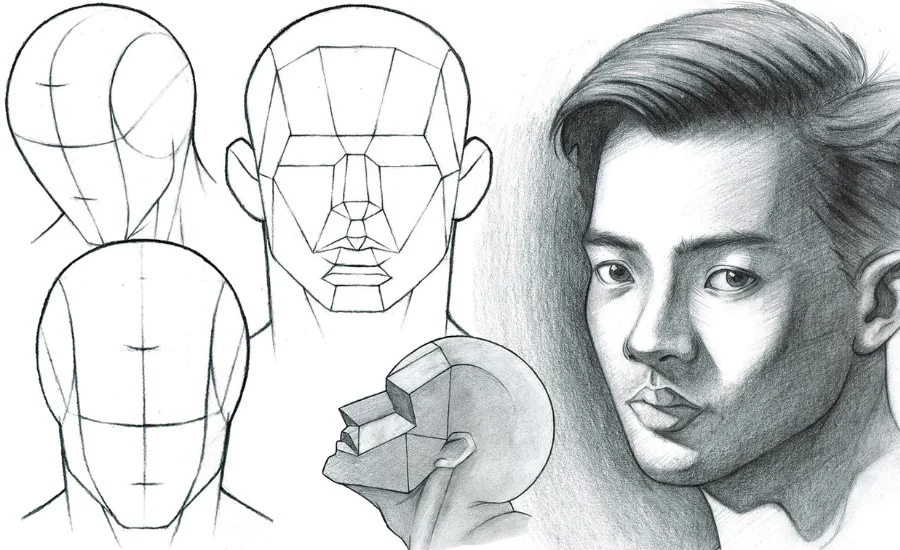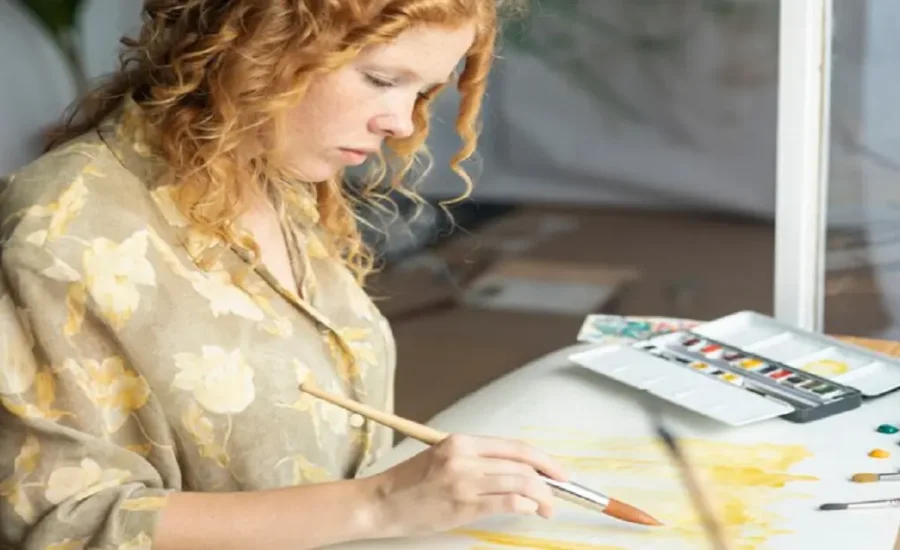easy:h6cmv-l-cgu= drawing is an art form that transcends age, skill level, and background. Whether you’re a beginner looking to dip your toes into the world of sketching or someone who wants to refine your craft, the concept of “easy:h6cmv-l-cgu= drawing” provides an intriguing starting point. This guide will take you through the fundamentals of easy drawing techniques, breaking down the process into manageable steps and ensuring that you gain confidence as you go along.
Understanding the Basics of easy:h6cmv-l-cgu= drawing

easy:h6cmv-l-cgu= drawing might seem like an intricate skill reserved for artists, but it’s more about practice and understanding basic principles. The term “easy:h6cmv-l-cgu= drawing” represents a simplified approach to drawing, focusing on techniques that make the process more accessible.
One of the most important things to remember is that easy:h6cmv-l-cgu= drawing doesn’t have to be perfect. The beauty of art often lies in its imperfections. Start by familiarizing yourself with basic shapes like circles, squares, and triangles. These shapes are the building blocks for more complex forms. Practice sketching them freehand to develop a steady hand and an eye for proportion.
In addition to shapes, learn about line work. Lines can define edges, create textures, and add depth to your drawings. Experiment with different types of lines—thick, thin, curved, and straight—to see how they affect the overall look of your artwork. Understanding how to manipulate lines will give you greater control over your drawings and enhance their quality.
Another foundational aspect is shading. Shading adds dimension to your easy:h6cmv-l-cgu= drawing, making them appear more lifelike. Start with basic shading techniques like hatching and cross-hatching. These methods involve drawing parallel or intersecting lines to create areas of light and shadow. As you get more comfortable, you can explore gradient shading for a smoother transition between light and dark areas.
Exploring Tools and Techniques
Now that you’ve grasped the basics, it’s time to explore the tools and techniques that can make drawing easier and more enjoyable. The right tools can significantly impact your easy:h6cmv-l-cgu= drawing experience, so it’s worth investing time in selecting what works best for you.
For beginners, starting with a simple pencil and paper is often sufficient. Pencils come in various grades, from hard (H) to soft (B). Hard pencils are great for fine lines and detailed work, while soft pencils are better for shading and darker lines. Experiment with different pencils to see which ones you prefer.
In addition to pencils, consider using erasers that can help correct mistakes and refine your drawing. Kneaded erasers are particularly useful as they can be shaped to erase specific areas or lighten lines without damaging the paper. A good eraser is essential for any artist, especially when working on detailed projects.
When it comes to paper, the texture and weight can affect how your pencil interacts with it. For smooth lines and shading, paper with a slightly rough texture (known as “tooth”) can be beneficial. However, if you’re working on more detailed or precise drawings, a smoother paper might be preferable.
Once you’re comfortable with basic tools, you might want to explore additional mediums like charcoal, colored pencils, or pens. Each medium offers unique qualities and can help you achieve different effects in your artwork. Charcoal, for instance, provides rich, deep blacks and is excellent for dramatic shading, while colored pencils can add vibrant hues and details to your drawings.
Developing Your Drawing Skills Through Practice
easy:h6cmv-l-cgu= drawing is a skill that improves with practice, and incorporating regular practice into your routine is crucial for development. One effective way to practice is by keeping a sketchbook. A sketchbook allows you to experiment with different techniques, styles, and subjects without the pressure of creating a perfect piece of art. It’s a space where you can freely explore and make mistakes, which is an essential part of the learning process.
Set aside time each day or week to draw, even if it’s just for a short period. Consistency is key to improving your skills and building confidence. As you practice, try easy:h6cmv-l-cgu= drawing from real life or photographs to enhance your observational skills. Pay attention to details like proportions, perspective, and light.
Another valuable practice technique is to study the work of other artists. Analyze their techniques and styles to understand how they achieve certain effects. This doesn’t mean you should copy their work, but rather use their techniques as inspiration for your practice.
Participating in drawing challenges or joining art communities can also be beneficial. These platforms often provide prompts or themes that can spark creativity and encourage you to experiment with new ideas. Sharing your work with others and receiving feedback can be a great motivator and a way to gain new perspectives on your art.
Overcoming Common Drawing Challenges
Even with the best tools and techniques, easy:h6cmv-l-cgu= drawing can sometimes be challenging. It’s normal to encounter obstacles along the way, but understanding and addressing these challenges can help you progress.
One common challenge is dealing with frustration or self-doubt. It’s easy:h6cmv-l-cgu= drawing to compare your work to that of experienced artists and feel disheartened. Remember, every artist started somewhere, and progress takes time. Be patient with yourself and focus on the joy of creating rather than striving for perfection.
Another challenge is maintaining consistency in your easy:h6cmv-l-cgu= drawing. It can be difficult to achieve uniformity, especially when working on larger or more complex pieces. To address this, break your drawing into smaller sections and work on them individually. This approach can make the process more manageable and help you maintain focus.
Additionally, managing your time effectively can be a challenge. Balancing drawing with other responsibilities may require setting priorities and establishing a routine. Find a time that works best for you to draw, whether it’s early in the morning, during lunch breaks, or in the evening.
Lastly, don’t be afraid to experiment and make mistakes. Mistakes are a natural part of the learning process and can often lead to unexpected discoveries. Embrace them as opportunities for growth and learning, rather than setbacks.
Embracing Your Artistic Journey
easy:h6cmv-l-cgu= drawing is more than just a skill; it’s a journey of self-expression and creativity. The concept of “easy:h6cmv-l-cgu= drawing” represents a simplified approach that makes this journey more accessible and enjoyable. By understanding the basics, exploring tools and techniques, practicing regularly, and overcoming challenges, you can develop your drawing skills and find your unique artistic voice.
Remember, every artist’s journey is different, and there is no right or wrong way to approach drawing. Embrace the process, celebrate your progress, and keep pushing the boundaries of your creativity. With dedication and practice, you’ll find that drawing can be a fulfilling and rewarding experience.
So grab your pencil, paper, and imagination, and start your drawing adventure today. Whether you’re sketching for fun or working towards a specific goal, enjoy every moment of the creative process.
